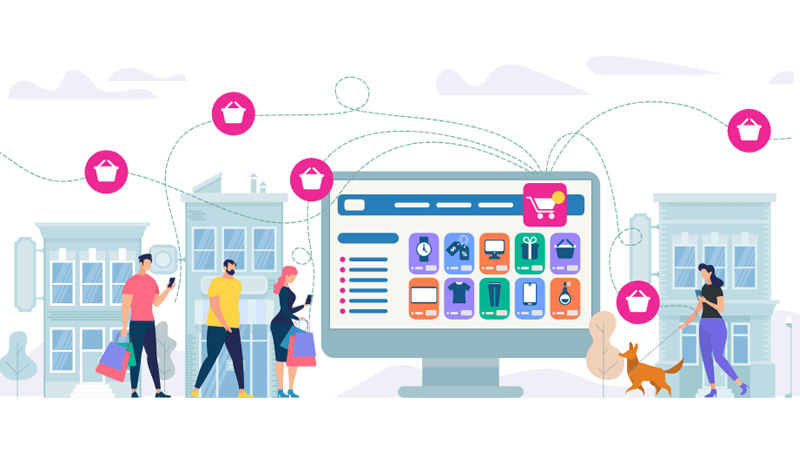
Single vendor approach
A single-vendor strategy ensures that your employees can get up-to-speed quickly, whether they're new or just learning something new. Your entire infrastructure has one dedicated team to help you onboard employees, train existing staff on new apps and features, and troubleshoot any problems that arise. A supplier who is preferred either because he is the sole agent for a particular brand, or is the sole supplier of a particular good/service that meets required specifications.
- Lower pricing due to consolidation of all requirements with one supplier.
- More consistent quality.
- Lower purchasing workload due to communication with fewer suppliers.
- Easier to manage supplier performance because you are tracking fewer suppliers.
Single vendor ecommerce website
As mentioned, a single vendor ecommerce website is an online store where a single seller sells their products or services to multiple buyers. Any single entrepreneur store built on the likes of a Shopify platform can be considered a single vendor ecommerce website. For example, a website created by photographer Benjamin Hardman, where an artist sells his photography prints, is a single vendor marketplace. Any store that sells only one seller’s merchandise is a single vendor marketplace. An example of such a website can be Piper and Scoot, a business started by an amateur maternity clothes designer on Instagram that has grown into a full-fledged single vendor store. Over the past few years, selling and buying on online marketplaces has become somewhat of a hot topic for both entrepreneurs and customers alike, so it’s no surprise that the number of marketplaces has increased dramatically. There are currently plenty of multi vendor ecommerce websites online: from Amazon to eBay to Etsy to Zomato. From the owner’s perspective, operating a multi vendor store is financially less risky – instead of sticking to just one niche, owners can diversify the offering by including other parties in the picture.

